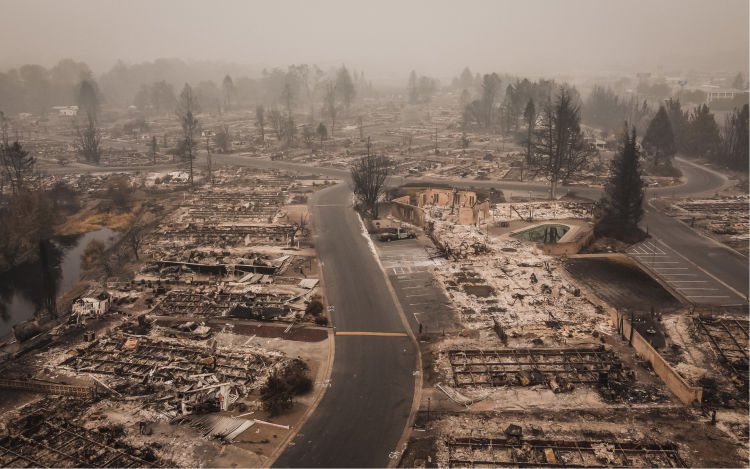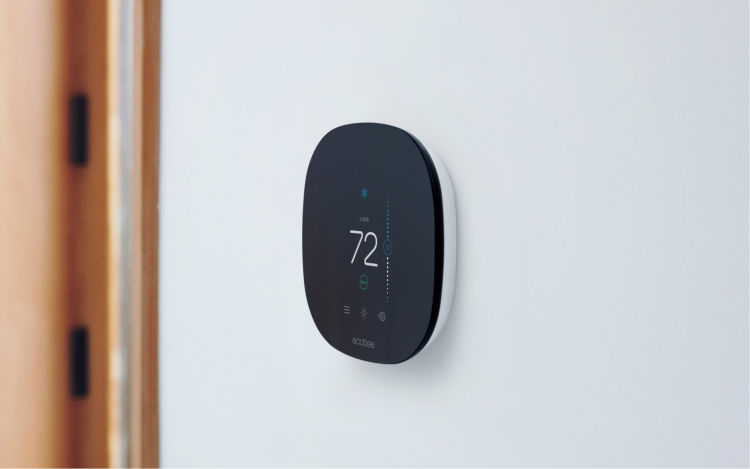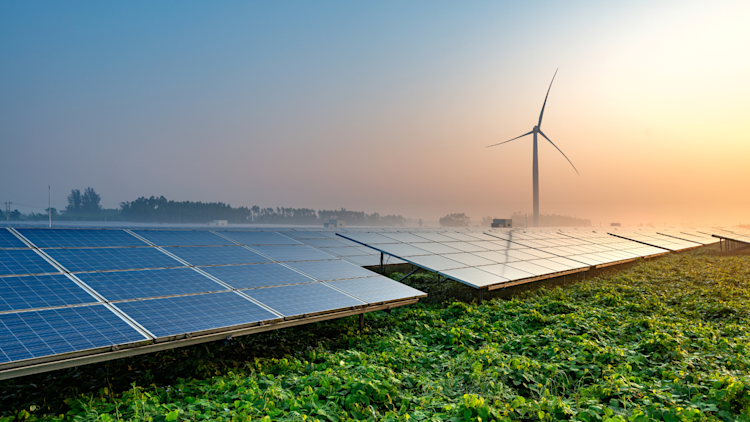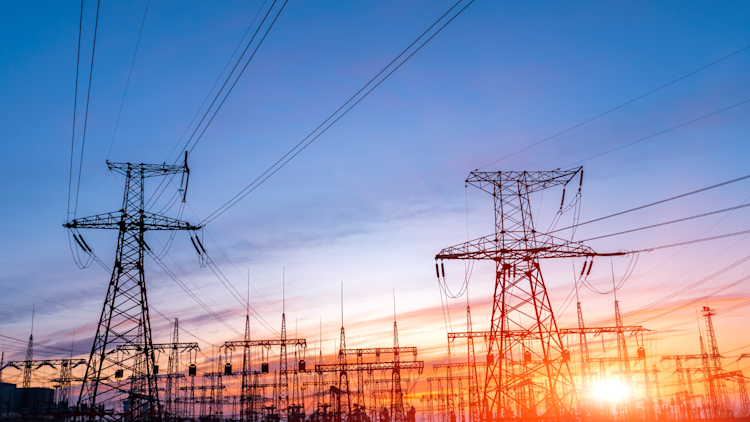How We Can Help Increase Equal Access to Energy Across North America
by ecobee on 10/25/2021 in Better Planet
6 min read

Equity is defined as “the quality of being fair and impartial”. Recently, conversations about equity have been driven to the forefront of how we talk about civil rights, legislation, and the workplace. However, the topic of energy equity still remains less known and discussed, although it impacts millions of households across Canada and the U.S.
What is energy equity?
In order to define energy equity, it might help to start by looking at what causes energy insecurity. In 2020, more than $125 billion was invested in energy efficiency and renewable energy solutions in the U.S. However, despite these initiatives, about 120 million households still face energy insecurity, which means it’s difficult to pay high utility bills. This puts families at risk of power outages and limited access to heat or electricity. In many cases, COVID-19 has exacerbated this reality, as the job market has suffered and residents are consuming more energy by spending more time at home.
Throughout America, low-to-moderate income households spend a larger percentage of their income on electricity and home energy costs than other households. The amount residents spend on energy costs in relation to their income is referred to as a household’s “energy burden.”
One recent study found the energy burden faced by low-income households is three times higher than other segments. High energy burdens can challenge a family’s ability to pay for electricity, and may result in difficult trade-offs between paying energy bills or buying food, medicine, and other essentials.

Who is impacted?
Although energy insecurity is a global concern, research shows low-to-moderate income and Black, Indigenous and People of Color (BIPOC) communities are disproportionately affected. Certain weather events like hurricanes and wildfires also further impact marginalized communities, as neighborhoods in less protected areas or positioned closer to sea level are often impacted the most. Many residents also lack the support, resources, or access to transportation to evacuate safely.
Researchers at the University of Washington and The Nature Conservancy developed a “vulnerability index” using census data which allowed them to assess wildfire risk in communities across the U.S. Their results show that people of color and ethnic minorities face greater vulnerability to wildfires compared to other groups. In particular, Indigenous communities are six times more likely than other groups to live in areas most prone to wildfires.

How can companies like ecobee help to reduce the energy burden for impacted communities?
1. Income Qualified energy programs
Income Qualified (IQ) programs help distribute energy efficiency products, like ecobee smart thermostats, to low-income and underserved communities at a reduced cost. IQ programs are an effective way to reduce the barriers of owning smart home products. Since 2018, ecobee has distributed over 30,000 thermostats to income qualified customers in partnership with utility companies.
At ecobee, we are proud to work with our utility partners to establish IQ programs to meet the needs of individual communities. For example, we partnered with AM Conservation Group to launch an Income Qualified eCommerce portal, allowing contractors and eligible utilities to access exclusive pricing of ecobee products for their IQ customer base. When a family is equipped with an ecobee smart thermostat, they can start to experience bill savings automatically. ecobee smart thermostats can save homeowners up to 26% annually on heating and cooling costs.*
Plus, ecobee thermostats come equipped with eco+, a next-generation thermostat optimization software that delivers deeper savings automatically and customizes comfort levels for each household.

2. Identify and distribute energy efficient products through the ENERGY STAR® certification program.
The ENERGY STAR® certification program has set the gold standard in terms of helping businesses and consumers identify energy efficient products and make more informed purchase decisions that benefit their homes as well as the planet. In 2019, ENERGY STAR certified products helped consumers save 230 billion kilowatt-hours of electricity, avoid $23 billion in energy costs, and achieve 170 million metric tons of greenhouse gas reductions.
In terms of further supporting energy equity, the ENERGY STAR home certification is used as criteria by more than 30 state government housing finance programs that provide low-income housing tax credits. ENERGY STAR also runs a Home Advisor program, a tool designed to help homeowners take steps to improve energy efficiency within their home and access online rebates to help keep the cost down for home upgrades and appliance purchases.
Additionally, ENERGY STAR is also dedicated to improving energy efficiency in affordable housing projects across many sectors. Roughly 20% of ENERGY STAR builder partners work in the affordable housing space, including Habitat for Humanity affiliates who have built more than 18,000 ENERGY STAR certified homes.
3. Leverage rebates to offer free smart thermostats and demand response programs to customers.
Rebates are an important part of improving energy equity as they can be used to put energy-saving products like smart thermostats in more homes by making them more affordable. In some cases, customers can stack rebates together to further increase their savings potential. In the summer of 2021, ecobee partnered with select utilities across the U.S to offer free ecobee3 lite smart thermostats to customers who enrolled in their utility’s demand response program. In addition to offering customers a cash incentive for participation, demand response programs help utility providers stabilize the grid by reducing electricity consumption at peak times.
This is a win-win-win for the customer, utility, and community.

4. Energy Affordability Programs and inclusive programming
Some states and provinces like Ontario, Canada have developed Energy Affordability Programs to offer free home energy needs assessments to income qualified households, and provide energy-saving home upgrades to eligible customers at little to no cost. Residents in America can leverage the Energy Affordability Resource Map developed by the U.S Office of Economic Impact and Diversity to help identify affordability programs based on location.
In order to fully utilize smart thermostats and participate in energy conservation programs, customers need access to reliable internet and broadband capabilities. In recent collaborations like this pilot study that was conducted in partnership with Jackson County REMC, Hoosier Energy and National Rural Electric Cooperative Association (NRECA), local communities are working with energy providers to ensure residents have access to smart thermostats at a low cost while increasing access to broadband Internet services.
Ultimately, we believe all residents should have access to clean energy solutions. At ecobee, we advocate for energy equity because all households should be able to benefit from a healthier and more energy efficient environment. We are continuously working with our partners to make ecobee products affordable and accessible to all communities.
If you’re interested in learning more about our planet positive mission, visit ecobee.com/sustainability.
Did you enjoy this article?
Thanks for letting us know!






